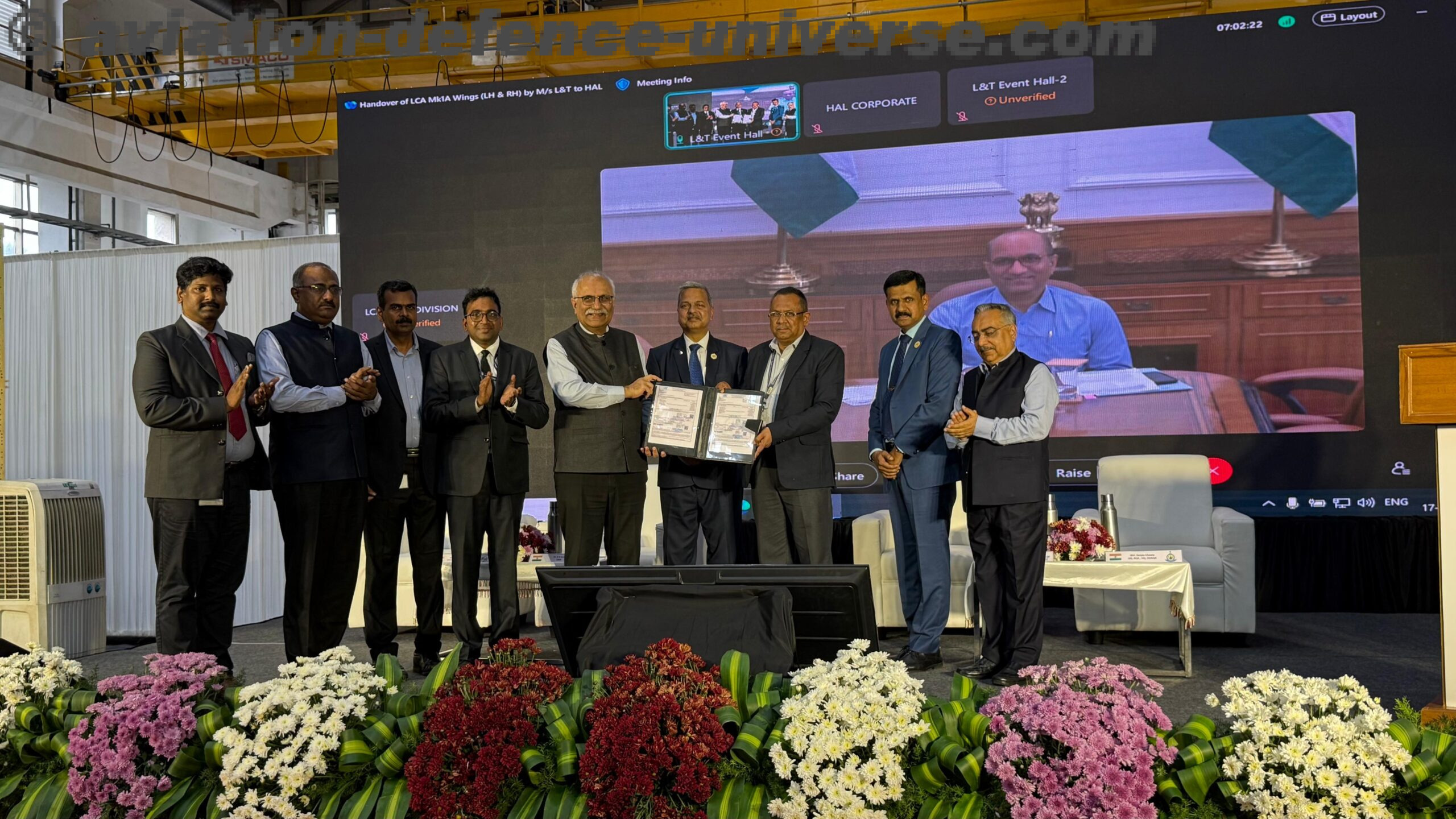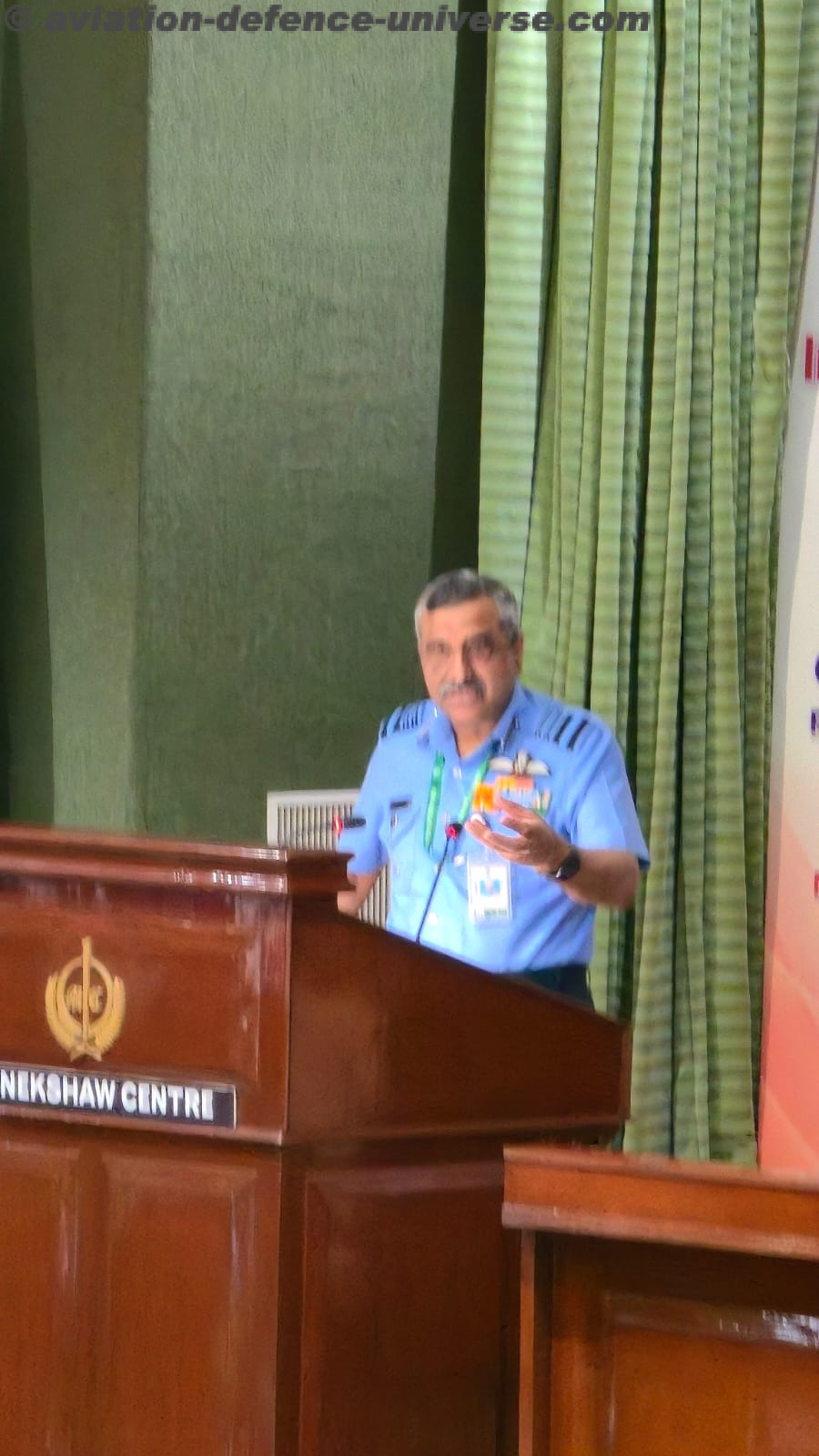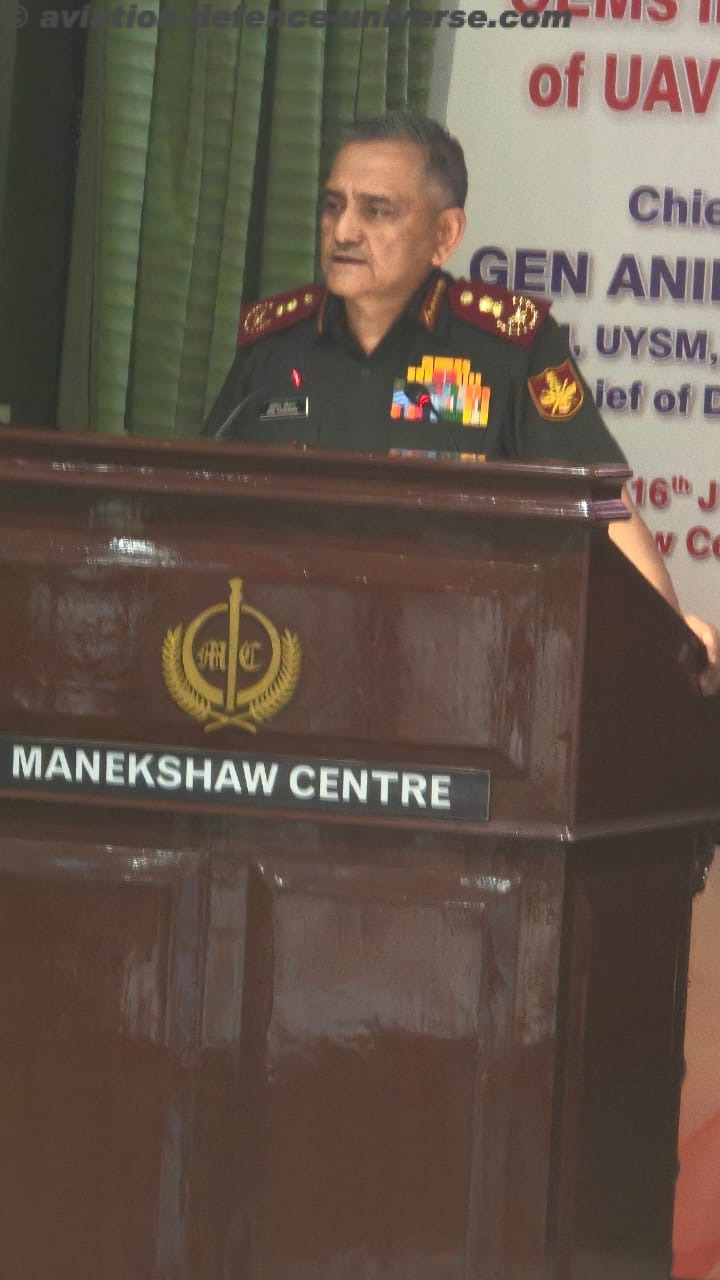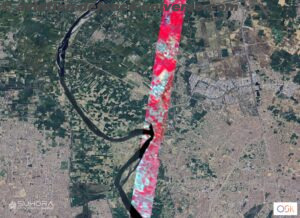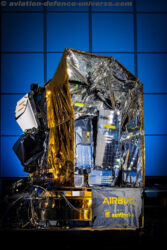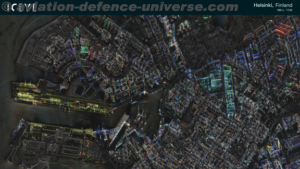The new simulator will be used in the training of Indian Navy forces at the Andaman and Nicobar Command at Port Blair in the Andaman Islands
New Delhi. 11th April, 2016. ARI has delivered a new full mission naval bridge simulator to the Indian Navy’s Andaman & Nicobar Command at Port Blair. The new next-generation simulator incorporates ARI’s latest D-Series technology platform and has been delivered with a range of extended features including the ability to simulate beaching operations with two custom developed LCU and LST vessel models as well as a sophisticated new OPV vessel. This delivery – the fifth ARI full mission bridge simulator delivered to the Indian Navy – extends the Navy’s commitment to these sophisticated tools as it joins the ranks of ARI full mission simulators already installed in Kochi, Karwar, Mumbai and Vizag.
For more than a decade ARI simulators have been deployed with the Indian Navy and many thousands have marked their progress through the ranks with time spent, skills learned and techniques honed on these sophisticated systems. ARI simulators are entirely designed and built in India and the technology that powers their unique capabilities is proprietary to ARI.
Shravan Rewari, CEO & Managing Director, ARI Simulation, said, “We are proud of our long association with the Indian Navy and to have been given the opportunity to provide them with solutions based on our unique globally acclaimed technology platform. Our Naval – and indeed our entire defence simulation product range – has recently been a focal point for development and as we continue to roll out our next-generation D-Series products, we look forward to working with the Indian Navy to bring new and powerful simulation capabilities to help improve overall effectiveness at individual and collective levels. The inclusion of a D-Series module in this latest delivery – accurately simulating the complexities of LCU and LST beaching operations – showcases the power of our D-Series technology platform, seamlessly and accurately allowing trainees to move between floating and grounding situations as they are required to do in real life – and leveraging the benefits of our unique unified simulation physics system.”












